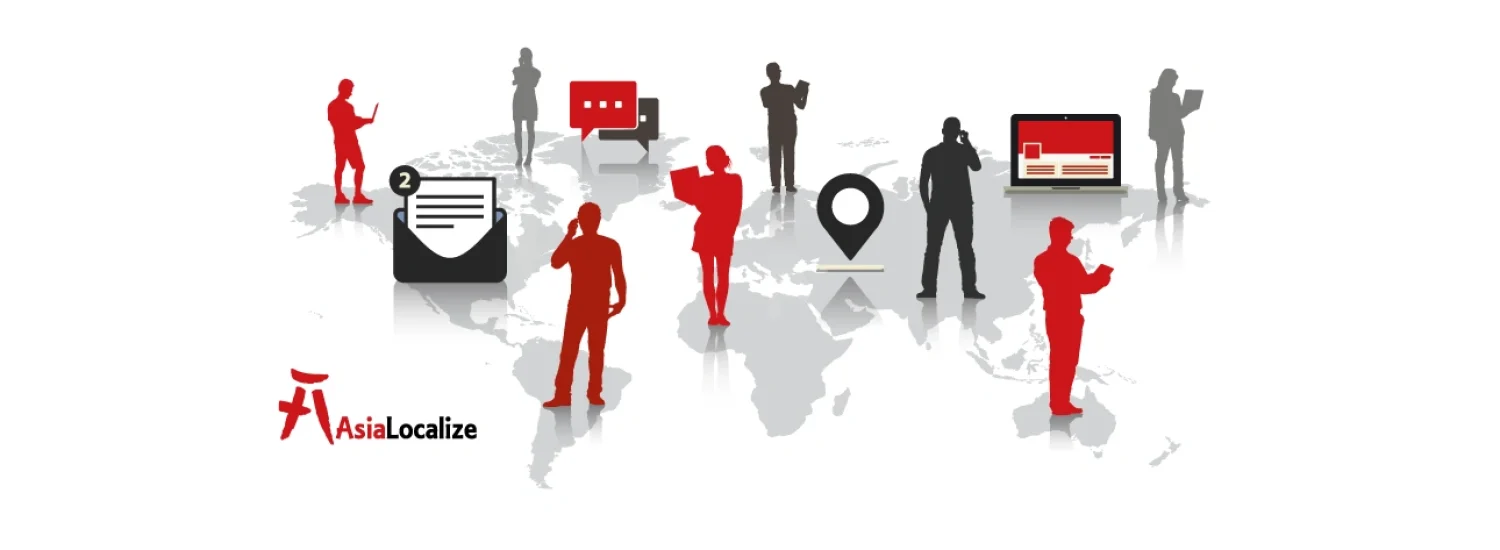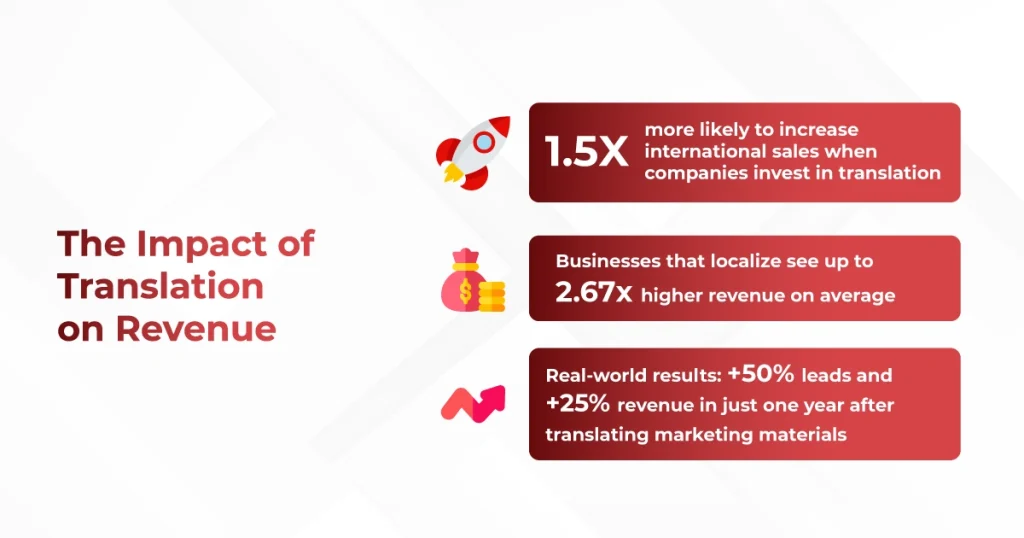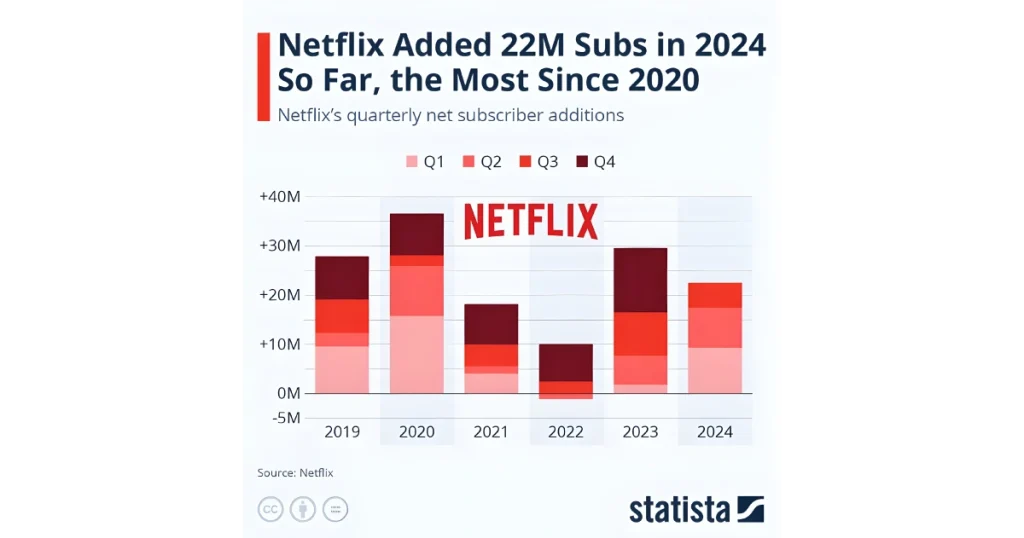Business leaders across APAC already recognize this shift: 88% are planning to enter new-language markets, and 87% say localization has directly fueled their growth. These numbers tell a clear story—brands that invest in adapting their voice for new audiences don’t just survive; they thrive.
Done right, expanding internationally can unlock powerful opportunities: fresh markets, diversified revenue streams, and enhanced brand visibility. However, global growth is challenging—the goal is to speak to people in a way that feels native to them. Not easy, but manageable … if you approach it with the right mindset.
This is where many brands slip up. They assume what works at home will work everywhere else. But language is more than words, and culture is more than color palettes. What resonates in Tokyo might fall flat in Berlin—and what inspires loyalty in São Paulo might sound tone-deaf in Stockholm.
In this blog, we’ll break down the strategies for global expansion that make it work in the real world—from navigating cultural differences to leveraging technology that scales your message without losing its heart. Whether you’re testing the waters or diving in deep, the steps ahead will help you grow with intention.
What Is Global Expansion?
Global expansion is the process of taking your business beyond its home market and building a presence in international territories. It’s a strategic shift that involves rethinking how your brand operates, communicates, and delivers value across cultures.
At its core, global expansion is about growth with intention. It’s choosing to meet new customers where they are—on their terms, in their language, and within the context of their culture.
Industries like retail, technology, and e-commerce have been leading the way in this transformation. And for good reason. In 2024 alone, global retail e-commerce sales reached an estimated six trillion U.S. dollars—with projections showing a 31% growth that could push this figure close to eight trillion by 2028. That’s not just market momentum; that’s a wake-up call for any brand still on the fence about going global.
We’re seeing fashion retailers tailoring their styles to regional market adaptation, tech companies fine-tuning UX for cultural expectations, and e-commerce platforms localizing everything from payment options to post-purchase emails. What these industries have in common is adaptability.
Repeating what worked at home isn’t enough in international markets. You have to listen, learn, and localize in a way that makes your business feel native from the very first interaction.
The Importance of Global Expansion
Businesses that expand beyond their local markets open doors to long-term resilience, scale, and relevance. Here’s why it matters:
Revenue Growth That Doesn’t Rely on One Market
Expanding into new regions means tapping into fresh demand and reaching customers who haven’t heard of you—yet. This kind of scale simply isn’t possible if you stay confined to one geography. As your brand enters new markets, you create multiple growth engines that push your business forward.
Diversified Risk, More Stability
Economic downturns, seasonal dips, or shifting consumer behaviors can hit local markets hard. But with a global presence, your business isn’t tied to one economy. Strong performance in one region can balance out weaker moments in another, creating a more stable and sustainable model.
Access to Global Talent and Ideas
Expanding internationally gives you access to a broader, more diverse talent pool, gaining fresh perspectives and cultural insight that can shape your product, customer experience, and long-term strategy. Some of the most globally successful companies are built by teams that understand more than one way of seeing the world.
Localization as a Growth Engine
Here’s where many brands either win big—or miss the mark. Reaching new markets isn’t just about translation—it’s about making your product, messaging, and experience feel native.
And the data backs this up: 87% of businesses say that investing in translation and localization directly contributed to successful expansion.
Discover how our business translation services can turn browsers into buyers.
How to Expand Globally: A Step-by-Step Guide
Global expansion doesn’t happen overnight—and it definitely doesn’t happen by accident. Behind every successful international brand, there’s a thoughtful plan grounded in research, cultural awareness, and strategic execution. Here’s a practical roadmap to help guide your journey.
Conducting International Market Research
Before making any move abroad, the most important question to ask is: Where does your product or service truly fit?
Understanding global market trends, consumer behavior, and local demand is the foundation of any smart expansion. Start by digging into data-driven insights—from purchasing patterns and online behavior to social trends and macroeconomic indicators. Look at where your industry is growing and where the gaps lie.
But don’t stop at spreadsheets. Evaluate customer demographics, cultural preferences, and regulatory frameworks. Know who you’re speaking to, what matters to them, and what barriers might stand in your way. Whether it’s tax policies, import restrictions, or digital compliance, a strong international market research phase helps you avoid costly surprises down the line.
Think of this stage as your global compass!
Developing Market Entry Strategies
Once you’ve identified the right market, the next step is figuring out how to enter it in a way that aligns with your brand, budget, and long-term goals.
There’s no one-size-fits-all formula. Some businesses find success through joint ventures—partnering with local players who already understand the landscape.
Others explore franchising, especially in industries like food, retail, and education, where local expertise is key to success. And then there’s direct investment, ideal for companies ready to fully immerse themselves in the new market through owned operations or subsidiaries.
For example, Starbucks grew its footprint in China through local partnerships that helped the brand align with cultural expectations around tea consumption and social spaces.
On the other hand, companies like Shopify opted for a more tech-focused approach, investing directly in market localization and infrastructure to serve entrepreneurs globally.
Localization for Global Expansion
You can’t expand globally without thinking locally. This is where many businesses underestimate the process.
Localization goes beyond translation. It’s about adapting to local cultures, navigating cross-cultural considerations, and tailoring your brand voice, visuals, and experience to feel natural and relatable in every market you enter. It’s the difference between a product that simply exists in a country and one that thrives there.
And the payoff is real. Take Netflix as a leading example. Between 2020 and 2021, viewership of dubbed content on the platform increased by 120%. Today, Netflix offers more than 7 million minutes of dubbed content—and continues to expand that library to meet growing global demand. Why? Because viewers connect more deeply when content speaks their language—literally and culturally.
Growth Has a Map. We’ve Got the Compass.
Discover our business resources to guide your international expansion, step by step.
Proven Strategies for Successful Global Expansion
Expanding into international markets means playing a more layered game—one that demands not just business acumen, but cultural intelligence, tech fluency, and a willingness to adapt. Let’s break down a few of the core global business strategies that leading brands rely on.
Leveraging Technology for Global Expansion
TMS Stats You Need To Know
| Market Size (2023) | $2 billion |
| Projected CAGR (2024-2032) | 18% |
| Productivity Boost | Up to 30% |
| Time-to-Market Reduction | Up to 40% |
| Cost Savings | 30–50% (up to 80% in some cases) |
| Translation Volume Increase | 30% YoY |
| AI/LLM Adoption (2025) | 50% tested, 75% planning to implement |
| Customer Language Preference | 75% prefer local language |
| Sources | https://www.gminsights.com/industry-analysis/translation-management-systems-tms-markethttps://lokalise.com/blog/translation-management-system/https://www.linkedin.com/pulse/revolutionizing-translation-services-through-technology-2024-znyzchttps://www.marshub.com/blog/how-globalization-impacts-translation-industry-growth/ |
From Translation Management Systems (TMS) that streamline multilingual content workflows to data analytics for international growth that track cross-border behavior in real-time, digital tools for global expansion make it possible to scale without losing precision. They help you launch faster, localize smarter, and stay responsive to shifting market dynamics.
TMS platforms, in particular, have become game-changers. With features like translation memories, centralized glossaries, and automated workflows, they can boost translator productivity by up to 30%.
And when projects involve multiple stakeholders, these systems shine—streamlined collaboration can reduce timelines by up to 40%, accelerating time-to-market for global product launches.
Add to that the rise of the role of AI in global expansion, which now supports everything from market trend forecasting to localization prioritization, and it’s clear: smart tech is a serious advantage.
Cross-Cultural Considerations
Every market has its own social codes, values, and sensitivities. What feels witty in one country might fall flat in another. That’s why brands that succeed globally are the ones that take time to listen before they speak.
From tailored messaging to local tone of voice, everything should be shaped by local insight—not guesswork. Running cultural reviews, hiring native experts, and investing in adapting to local cultures isn’t just thoughtful—it’s strategic.
Even small, sincere efforts can build trust. Ignoring these cross-cultural considerations? That’s what creates distance, not connection.
Expanding into Emerging Markets
While mature regions often get the spotlight, the real momentum is happening in emerging markets. Places like Southeast Asia, Latin America, and parts of Africa are seeing massive shifts in digital infrastructure and consumer habits.
Internet adoption is surging, with Malaysia at 97.7% and Indonesia at 74.6% as of early 2025. Smartphone ownership exceeds 90% in many major markets, making mobile the default gateway to the web. This has redefined how people discover, evaluate, and buy.
At the same time, the rise of the digital economy is building stronger middle classes, improving purchasing power, and shaping new financial behavior. But it’s not without challenges—digital inequality, infrastructure gaps, and regulatory hurdles still require careful navigation.
This is where thoughtful regional market adaptation becomes essential.
Global Growth Needs Global-Ready Documents
See how our certificate of translation accuracy helps you meet international expectations.
While strategy, research, and technology all play key roles, localization for global expansion is what truly brings your vision to life. It’s how your message becomes more than words—it becomes meaningful.
In every successful expansion story, there’s a turning point where a brand chooses to do more than just translate—they choose to connect. And that’s exactly where AsiaLocalize comes in.
With over 12 years of experience in the translation and localization industry, AsiaLocalize has helped brands across all sectors navigate the complexity of cross-border communication.
Backed by a network of native localization experts across Asia and powered by the latest technology for global expansion, we help businesses tailor their content with accuracy, nuance, and cultural fluency—every single time.
| Your Global Vision Needs Local Precision Explore our expert localization services tailored for Asian markets. |







